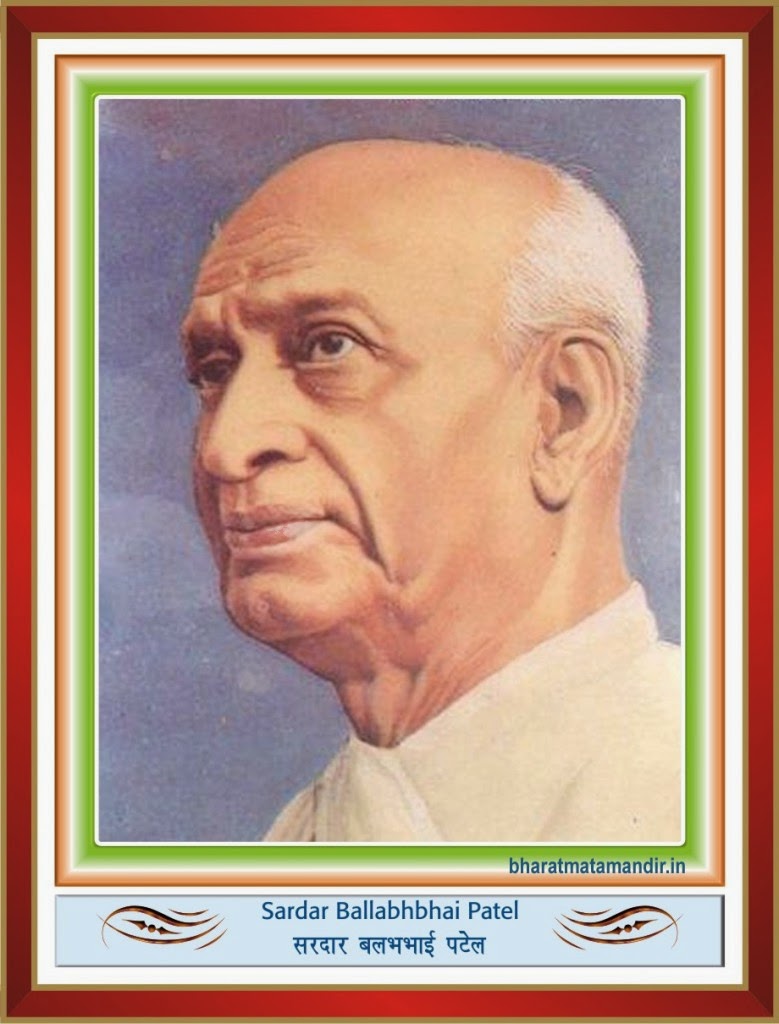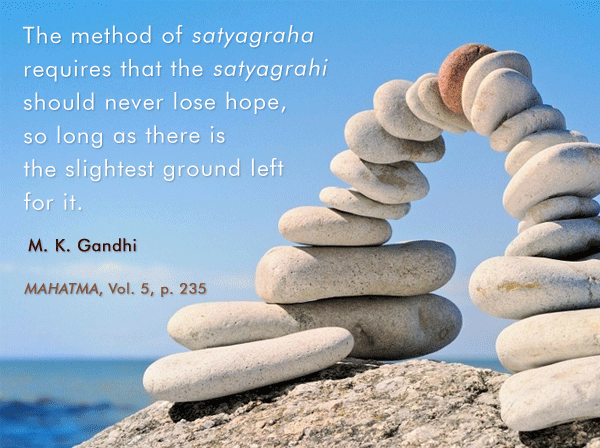108. FOUNDING OF THE ASHRAM :
The pilgrimage to the Kumbha fair was my second visit to Hardvar.
The Satyagraha Ashram was founded on the 25th of May, 1915. Sharddhanandji wanted me to settle in Hardvar. Some of my Calcutta friends recommended Vaidyanathadham. Others strongly urged me to choose Rajkot. But when I happened to pass through Ahmedabad, many friends pressed me to settle down there, and they volunteered to find the expenses of the Ashram, as well as a house for us to live in.
I had a predilection for Ahmedabad. Being a Gujarati I thought I should be able to render the greatest service to the country through the Gujarati language. And then, as Ahmedabad was an ancient centre of handloom weaving, it was likely to be the most favourable field for the revival of the cottage industry of hand-spinning. There was also the hope that, the city being the capital of Gujarat, monetary help from its wealthy citizens would be more available here than elsewhere.
The question of untouchability was naturally among the subjects discussed with the Ahmedabad friends. I made it clear to them that I should take the first opportunity of admitting an untouchable candidate to the Ashram if he was otherwise worthy.
'Where is the untouchable who satisfy your condition?' said a vaishnava friend self-complacently.
I finally decided to found the Ashram at Ahmedabad.
So far as accommodation was concerned, Sjt. Jivanlal Desai, a barrister in Ahmedabad, was the principal man to help me. He offered to let, and we decided to hire, his Kochrab bungalow.
The first thing we had to settle was the name of the Ashram. I consulted friends. Amongst the names suggested were 'Sevashram' (the abode of service), 'Tapovan' (the abode of austrities), etc. I liked the name 'Sevashram' but for the absence of emphasis on the method of service. 'Tapovan' seemed to be a pretentious title, because though tapas was dear to us we would not presume to be tapasvins (men of austerity). Our creed was devotion to truth, and our business was the search for and insistence on truth. I wanted to acquaint India with the method I had tried in South Africa, and I desired to test in India the extent to which its application might be possible.
So my companions and I selected the name 'Satyagraha Ashram,' as conveying both goal and our method of service.
For the conduct of the Ashram a code of rules and observances was necessary. A draft was therefore prepared, and friends were invited to express their opinions on it. Amongst the many opinions that were received, that of Sir Gurudas Banerji is still in my memory. He liked the rules, but suggested that humility should be added as one of the observances, as he believed that the younger generation sadly lacked humility. Though I noticed this fault, I feared humility would cease to be humility the moment it became a matter of vow. The true connotation of humility is self-effacement. Self-effacement is moksha (salvation), and whilst it cannot, by itself, be an observance, there may be other observances necessary for its attainment. If the acts of an aspirant after moksha or a servant have no humility or selflessness about them, there is no longing for moksha or service. Service without humility is selfishness and egotism.
There were at this time about thirteen Tamilians in our party. Five Tamil youngsters had accompanied me from South Africa, and the rest came from different parts of the country. We were in all about twenty- five men and women.
This is how the Ashram started. All had their meals in a common kitchen and strove to live as one family.
Mahatma Gandhi
Next : 109.(134-211) ON THE ANVIL -
To be continued ...





Comments